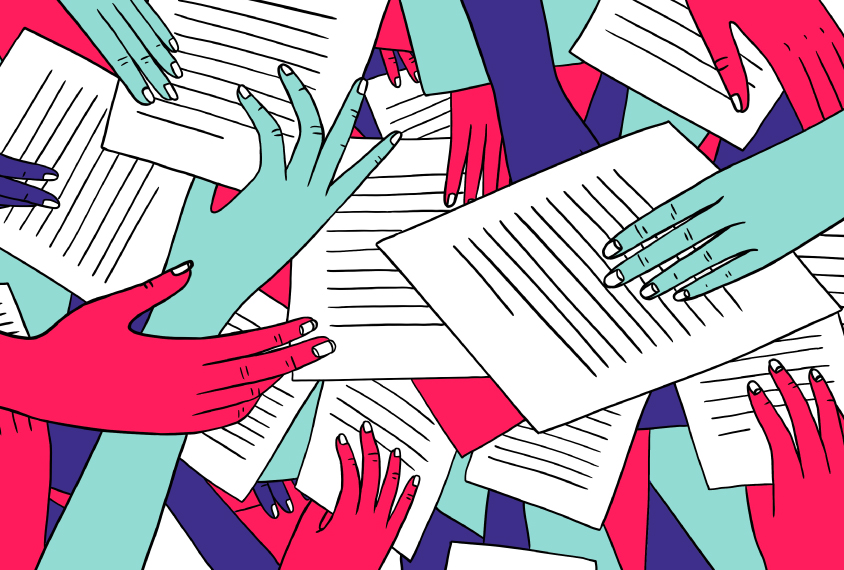Michael Marshall is a freelance science journalist based in the United Kingdom. He writes about life sciences and the environment. He has a B.A. and an M.Phil. in natural sciences from the University of Cambridge and an M.Sc. in science communication from Imperial College London. Marshall was a staff journalist at New Scientist and at BBC Earth before going freelance in 2017. His work has since appeared in Nature, BBC Future and The Telegraph, among others. His first book, on the origin of life on Earth, is slated to be published in 2020.
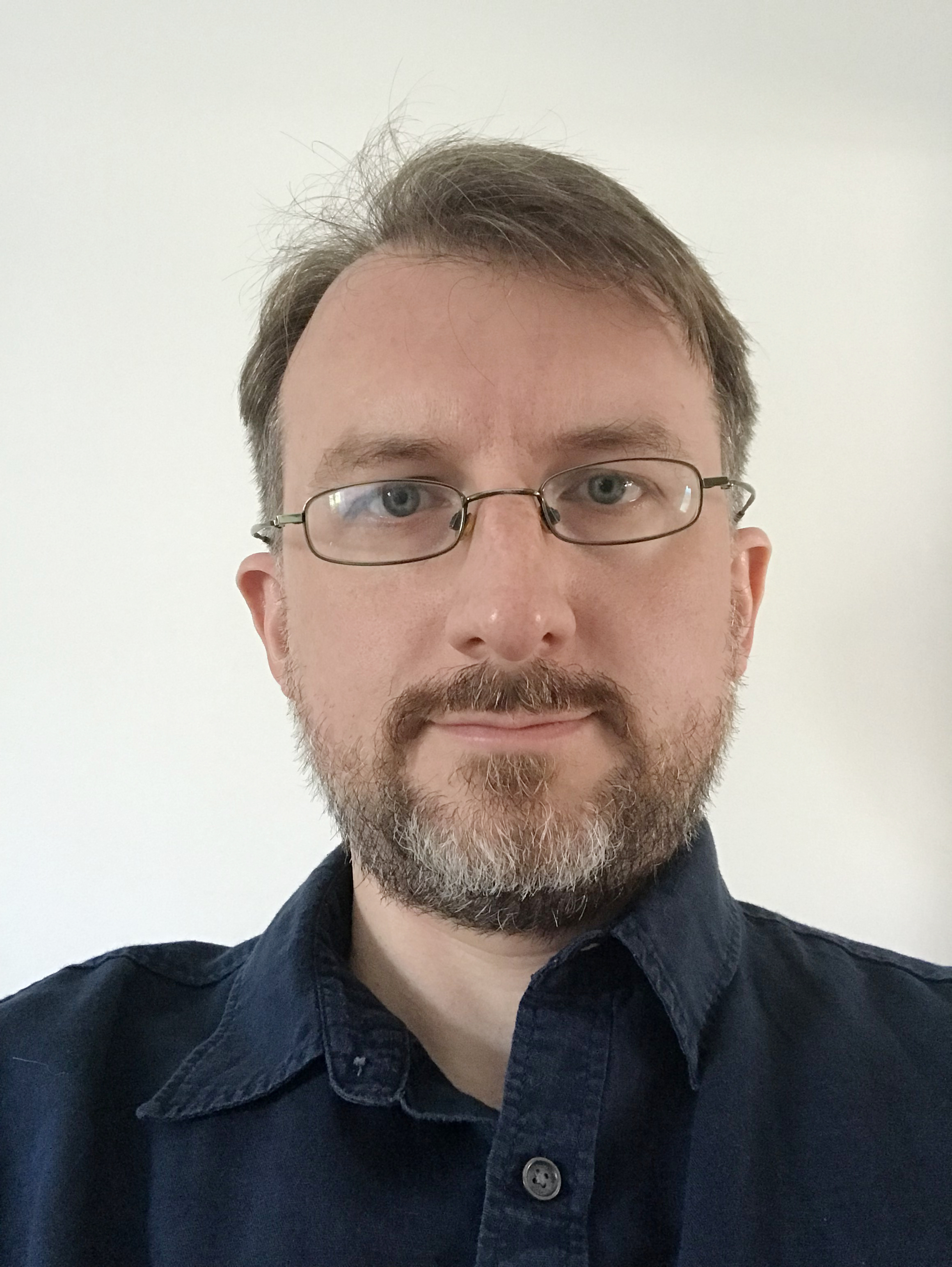
Michael Marshall
From this contributor
Autistic children’s sleep problems linked to behavioral regulation issues
Young autistic children with sleep troubles tend to have difficulty regulating their behavior later in childhood.
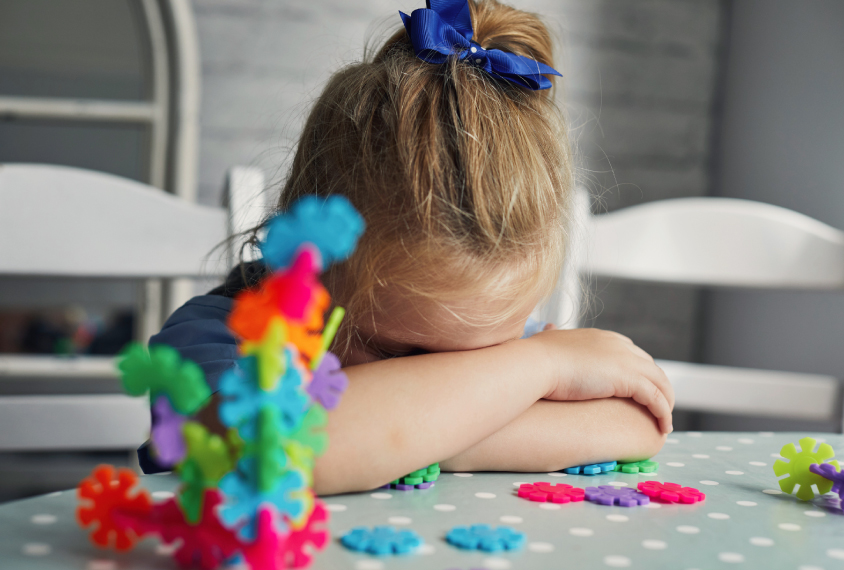
Autistic children’s sleep problems linked to behavioral regulation issues
Remote diagnosis, support could aid families during lockdown
Cut off from clients by the pandemic, clinicians are turning to video conferencing and other technologies to diagnose children with autism.
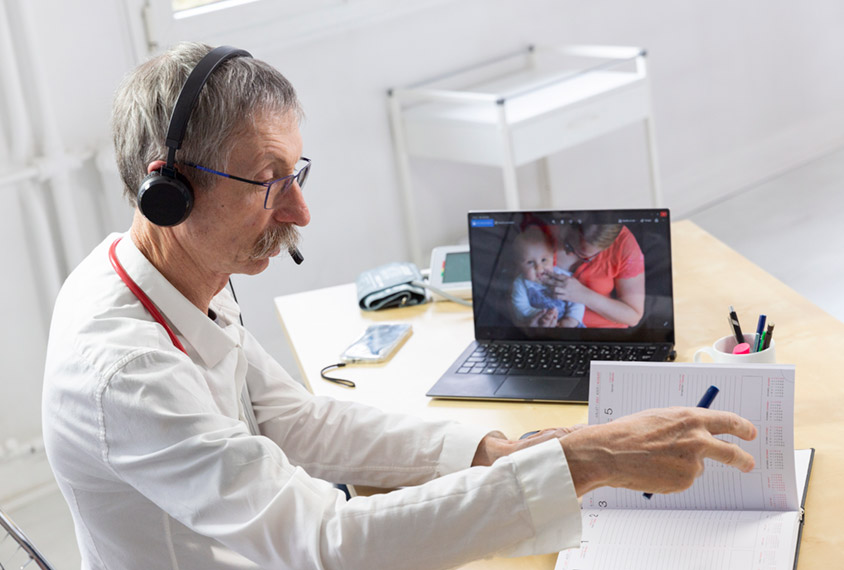
Remote diagnosis, support could aid families during lockdown
Autism’s relationship to head size, explained
Some people with autism have an unusually large head. What causes the enlargement? And does it have any bearing on outcome?
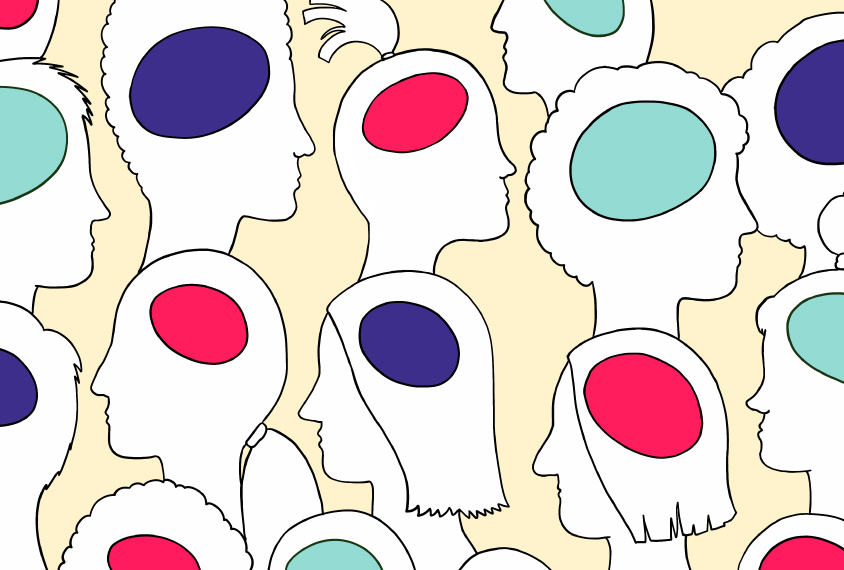
Autism’s relationship to head size, explained
U.K. government faces lawsuit over mistreatment of autistic people
Following a series of scandals in the United Kingdom over people with autism being held against their will and mistreated in hospitals, a watchdog group has issued a legal challenge to the government.

U.K. government faces lawsuit over mistreatment of autistic people
Preprints of autism research, explained
Over the past decade, biologists have increasingly been posting their research results on preprint servers, ahead of the results' publication in traditional scientific journals.
Explore more from The Transmitter
The Transmitter’s most-read neuroscience book excerpts of 2025
Books by Nachum Ulanovsky, Nicole Rust, and Andrew Iwaniuk and Georg Striedter made the list of some of the year's most engaging neuroscience titles.

The Transmitter’s most-read neuroscience book excerpts of 2025
Books by Nachum Ulanovsky, Nicole Rust, and Andrew Iwaniuk and Georg Striedter made the list of some of the year's most engaging neuroscience titles.
Neuroscience’s leaders, legacies and rising stars of 2025
Here are seven stories from the past year about some of the field’s most engaging figures.

Neuroscience’s leaders, legacies and rising stars of 2025
Here are seven stories from the past year about some of the field’s most engaging figures.
The Transmitter’s top news articles of 2025
Check out some of our most-read stories, covering neuroscience funding and policy changes in the United States, and methodological issues in high-profile neuroscience papers.
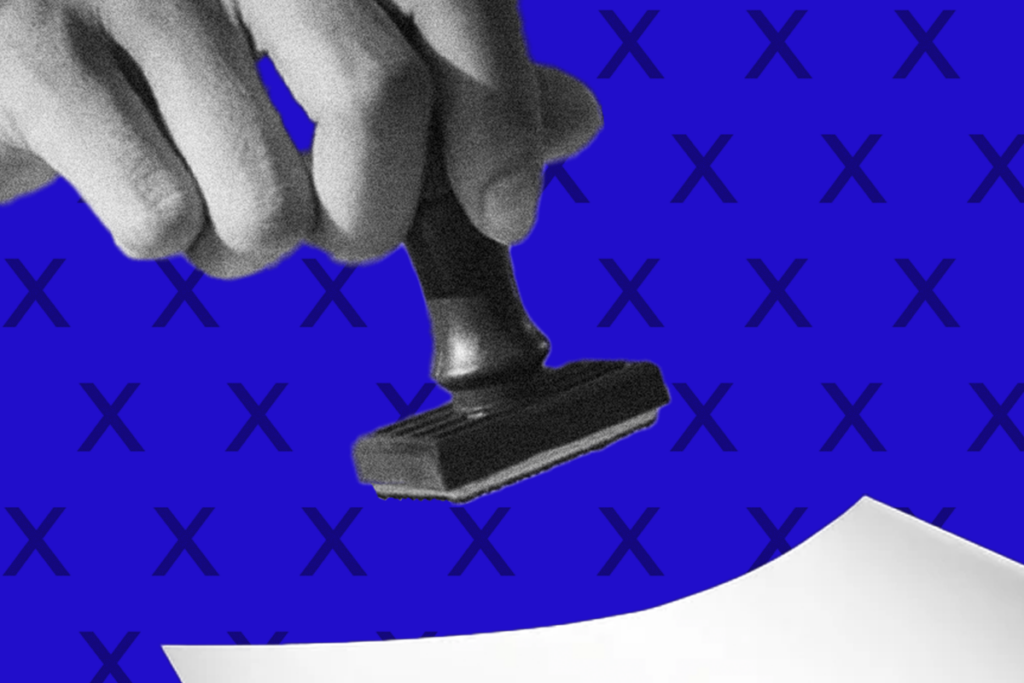
The Transmitter’s top news articles of 2025
Check out some of our most-read stories, covering neuroscience funding and policy changes in the United States, and methodological issues in high-profile neuroscience papers.
